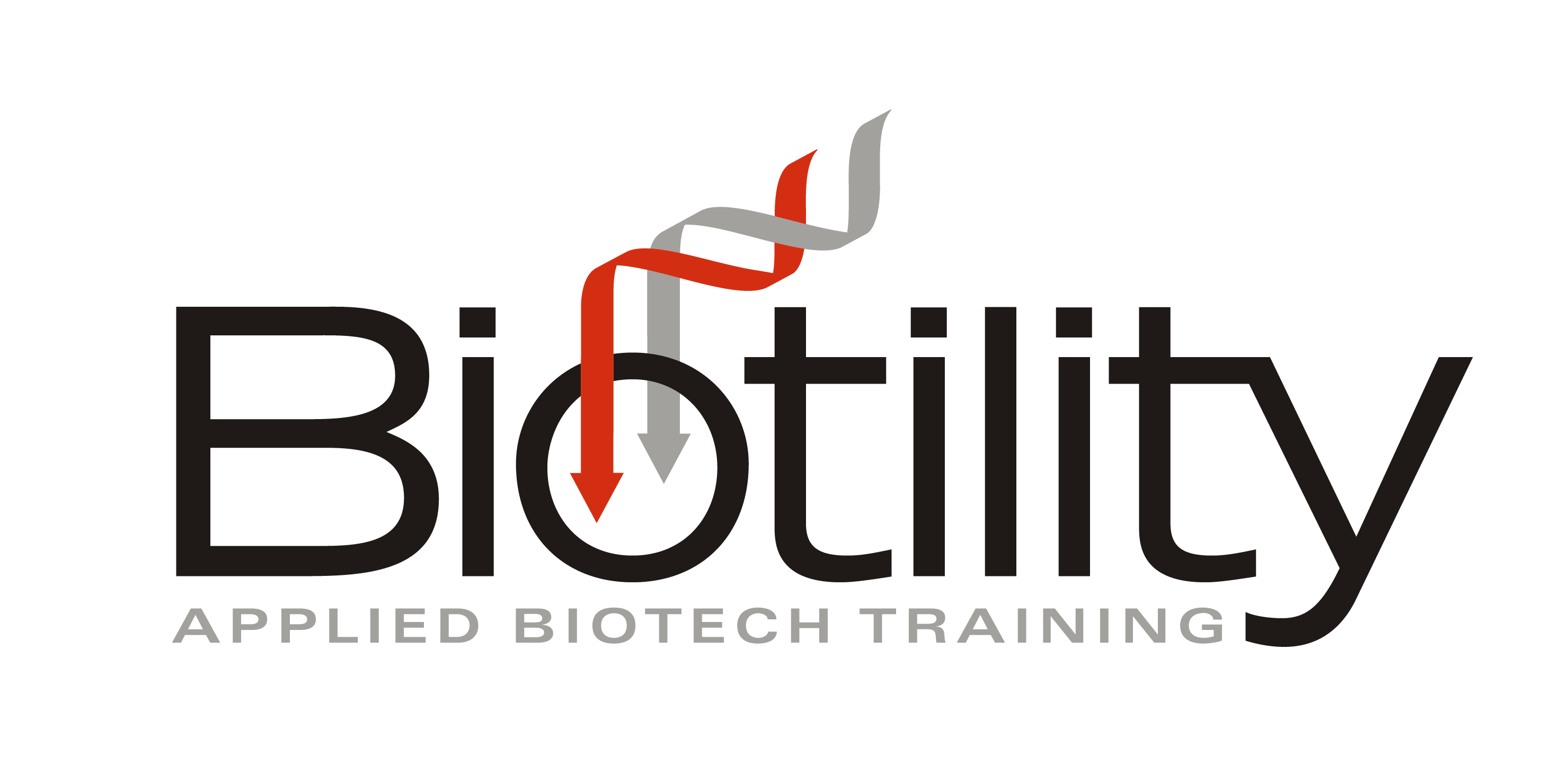Documentation and Good Documentation Practices
Common Documents
There are over two dozen different types of documents used when working in a controlled environment. Although the contents vary from document to document, the majority of documents contain some similar information. One example is a header (see sample image below).
Document Types
Records
- Batch Records (BR’s) and Test Records (TR’s)
- Directs operators on how to make or test the product
- Accompanies product/test as it is made/performed. Must be followed exactly
- Contains blank spaces that are filled in as each task is performed, then signed by operator
- Critical steps are witnessed & signed
- A controlled copy is issued by QA each time a new batch of the product is made
- Data is recorded on them in “real time”
- What is in a Batch or Test Record? Components of Batch/Test Records:
- Header
- Procedure
- Details what operator will do in chronological order
- Includes monitoring specifications so operator will know if process is proceeding properly
- Blanks to collect raw data
- Materials and equipment listed & Lot #’s/ID’s recorded
- Signatures to identify operators
- Label Information
- Specific instructions for labeling in-process samples and final product
- Storage
- Total number of containers
- Conditions
Logs
- Equipment Cleaning and Use Log
- Written record of major equipment cleaning, maintenance & use
- Must show: date, time, product, lot number of each batch
- Persons doing the cleaning or maintenance date & sign (or initial)
Standard Operating Procedures
- Primary documents of Process Control
- Typically followed for:
- Equipment use, cleaning & maintenance
- Department responsibilities
- The first SOP written should be a procedure for writing SOP’s, which should include
- Format & contents of procedures to be written
- Responsibility for writing, numbering, approving, distributing, controlling, revising, and archiving SOP’s
- What’s in a SOP?
- Header
- Purpose and Scope: What it is about and who it applies to
- Definitions/Principle: Definitions of technical terms- Why it is done, why it is important, and how it works
- Responsibilities: Technician (following procedure), Supervisor (training, reviewing, compliance), Manager (reviewing & compliance), QA (Audits & Archives)
- Material/Equipment/Reagents: Identity of material, Concentration, pH, Sterile?
- References: Other SOPs, Forms, Literature, Manuals (Equipment)
- Procedure
- Step by step, reasonably detailed
- Use specific numbers only if required; otherwise use ranges
- Write in active voice
- “Wash the tray” instead of the “tray is washed”
- Include what to record and where to record it
- Include what to do if something doesn’t work
- If a form is to be submitted, say to whom or to where
In the FDA’s view, it is much worse to not follow a written procedure, than to improvise on a procedure that could be improved
Reports
- Receiving Report
- Documents raw materials entering facility
- Raw materials are assigned a receiving number, which is recorded on the report
- Receiving report and Certificate of Analysis (COA) given to QA
- QA notifies QC to sample material and begin testing if necessary
- Deviation Report
- Investigation
Specifications
- Types of specification sheets: facility, equipment, raw materials, reagents, process intermediates, products
- Raw Materials Specification Sheet
- Describes the specifications raw material must meet to be suitable for use in production, e.g., pH 7.00-7.50
- Tested by QC to confirm meets spec.
- Final Product Specification Sheet
- Describes the attributes the final product must meet to be released by QA, e.g., purity > 90%
- Tested by QC to confirm
Document Control
- Completed by Quality Assurance (QA)
- QA establishes organized systems for: master documents, document numbering, document storage, document distribution, revision/ “change” control, archival
- Note: A controlled document is any document in the Quality Management System
Document Numbering System
- Used to control documents
- Should be logical, traceable, unique
- Controlled SOP written to describe the numbering system & personnel responsible for administering it
